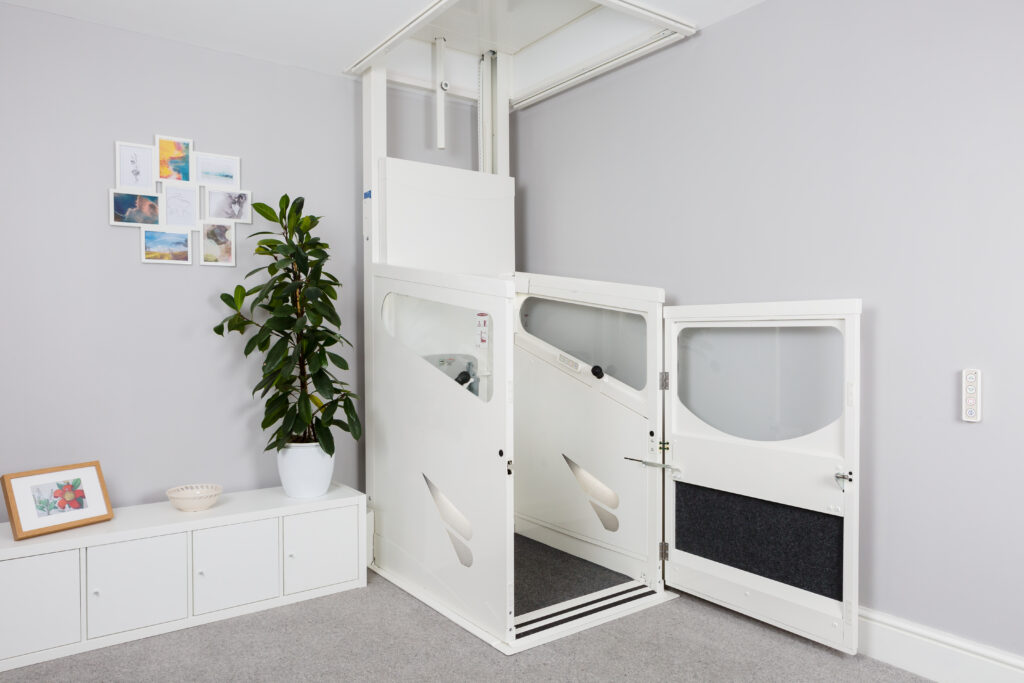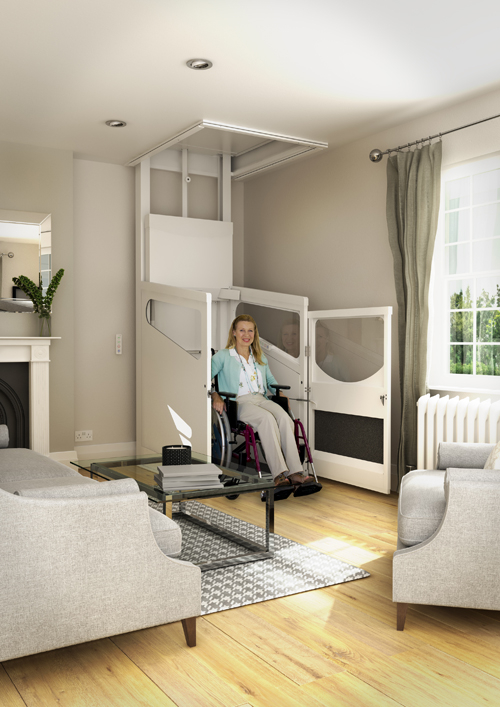When mobility challenges arise, navigating a multi-level home can feel daunting. For disabled users in the UK, two prominent solutions stand out: house lifts and stairlifts. Both serve as viable accessibility aids, but the question remains—are house lifts a better option? As an expert in home accessibility with years of experience, we’ll break down the benefits, practicalities, and ideal scenarios for each option, helping you decide what suits your home and needs best. Let’s explore how mobility lifts can enhance independence while not outshining Stairlifts UK because the right choice depends entirely on your circumstances.
What Are House Lifts and Stairlifts?
Before doing the comparisons, let’s clarify what we’re dealing with. Both house lifts and stairlifts aim to improve home accessibility, but they approach it differently.
House Lifts
House lifts, also known as mobility lifts, are vertical platforms that travel between floors via a small shaft. They’re designed to carry users standing, seated, or in a wheelchair without requiring transfers.
Stairlifts
Stairlifts are motorised chairs mounted on a rail that follows the staircase’s path. Available as straight or curved stairlifts, they’re a staple in UK homes, transporting users up and down stairs while seated.
Both options address mobility solutions, but their mechanics and applications vary, as each is suited to specific scenarios.

Benefits of House Lifts as an Alternative to Stairlifts
House lifts have gained traction in the UK as a modern alternative to stairlifts as they offer unique advantages for disabled users. Here’s why they might be appealing:
Key Advantages
- Wheelchair Accessibility: Unlike stairlifts, house lifts accommodate wheelchairs directly. There is no need to transfer from chair to seat. This is a game-changer for users reliant on wheelchair lifts for daily mobility.
- Versatility: They can carry multiple people, shopping, or even pets, making them practical for households with varied needs.
- Aesthetic Integration: Sleek designs blend into modern UK homes, avoiding the “clinical” look some associate with stairlifts. Options like glass panels elevate their appeal.
- Space Efficiency: Compact models fit into tight corners.
Best Suited For
- Wheelchair Users: Mobility lifts provide seamless floor-to-floor access if transferring to a seat is impractical or unsafe.
- Future-Proofing: Their adaptability suits changing mobility needs.
Benefits of Stairlifts as a Trusted Mobility Solution
Stairlifts have been refined over decades to offer reliable, cost-effective support. Here’s what makes them stand out:
Key Advantages
- Quick Installation: Straight stairlifts can be fitted in hours with no major building work—perfect for urgent needs. Even curved stairlifts adapt to complex staircases.
- Affordability: Generally cheaper upfront than house lifts, with options like reconditioned stairlifts cutting costs further.
- Compact Design: They hug the staircase, preserving floor space ideal for narrow UK terraces or cottages.
- Customisation: Features include swivel seats, remote controls, and perch options that cater to diverse physical abilities.
Best Suited For
- Narrow Staircases: Where space for a lift shaft is limited, stairlifts slot in effortlessly.
- Temporary Needs: Ideal for short-term recovery or rentals, avoiding permanent alterations.
- Budget Constraints: For those prioritising cost without sacrificing safety or independence.

Comparing House Lifts and Stairlifts: Key Considerations
Choosing between house lifts and stairlifts hinges on practical factors. Let’s weigh them up:
Space and Installation
- House Lifts: Require a floor aperture and more planning—think structural surveys and possible ceiling modifications. Best for homes with room to spare.
- Stairlifts: Best suited to older UK properties, stairlifts are less invasive and are mounted directly onto stairs, needing little beyond a power socket.
User Mobility
- House Lifts: Shine for wheelchair users or those with severe mobility limits—no transfers mean less risk and effort.
- Stairlifts: For users who can sit and stand with minimal help, stairlifts are the best options.
Longevity and Maintenance
- House Lifts: Are built for durability, with fewer moving parts exposed to wear. Annual servicing keeps them humming.
- Stairlifts: Reliable with regular upkeep, though batteries and rails may need replacing over time.
Real-World Scenarios: Which Fits Best?
Let’s ground this in everyday UK situations:
- Terraced House, Narrow Stairs: A stairlift wins, as it is quick to fit, and no floor space is lost. A house lift might not squeeze in without major work.
- Couple with Progressive Conditions: A house lift future-proofs their home, while a stairlift could suffice for now if budgets are tight.
- Rural Cottage, Outdoor Steps: An outdoor stairlift tackles external access, but a step lift (a house lift variant) could work too.
Your home’s layout, mobility, and goals dictate the winner, not a one-size-fits-all answer.
Making Your Decision
Neither house lifts nor stairlifts are inherently “better”. To pick the right mobility solution:
- Assess Your Home: Measure stairs, check floor space, and note structural quirks. Narrow stairs? Stairlift. Room for a shaft? House lift.
- Evaluate Your Needs: Can you transfer to a seat? Do you need wheelchair access?
- Get a Quote: Request a free survey from us.
- Explore Funding: Look into grants to ease costs.
Both house lifts and stairlifts empower disabled users to reclaim their homes. For more information on either product, contact a member of our team on 01427 787532 today.

